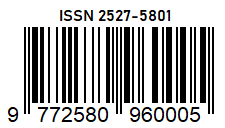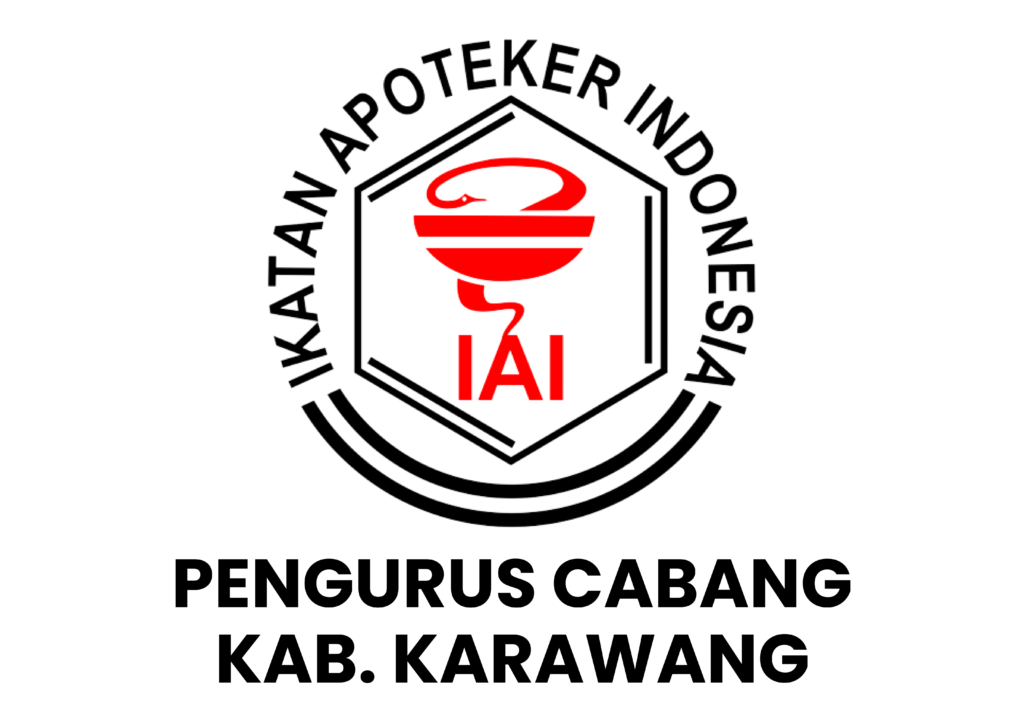PENGARUH VARIASI SUHU DEMINERALISASI TERHADAP NILAI RENDEMEN DAN MOROFOLOGI PERMUKAAN PADA HASIL SINTESIS KITOSAN DARI LIMBAH TULANG CUMI
Abstract
Abstrak Penelitian ini dilakukan untuk mengetahui pengaruh suhu demineralisasi terhadap hasil sintesis kitosan dari tulang cumi. Variasi suhu demineralisasi yang digunakan pada penelitian ini adalah pada suhu ± 27º C dan 60 ºC. hasil penelitian menunjukkan bahwa variasi suhu tersebut mempengaruhi nilai rendemen dan morfologi permukaan dari sampel kitosan yang dihasilkan. Nilai rendemen kitin dan kitosan yang dihasilkan berturut-turut adalah 29,75 % dan 22, 25 % untuk suhu demineralisasi = ± 27º C, kemudian 42,73 % dan 29,58 % untuk suhu demineralisasi = 60º C. hasil SEM menunjukkan bahwa untuk suhu demineralisasi ± 27º C didapat ukuran partikel berkisar 22,78 μm sedangkan untuk suhu demineralisasi 60 ºC ukuran partikelnya berkisar antara 10,44 sampai 22,42 μm Kata kunci: Kitosan, tulang Cumi, SEM Abstract This research was conducted to determine the effect of demineralization temperature of chitosan from squids bone. This research using variation temperature ± 27º C and 60 ºC. The result showed that variation give different effect on the yield and surface morphology of chitosan. The yields of chitin and chitosan which were produced successively were 29,75 % and 22,25 % for demineralization temperature = ± 27º C. 42,73 % and 29,58 % for demineralization temperature = 60º C. SEM photograph show 22,78 μm, and 10,44 – 24,22 μm average particle sizes for chitosan with variation of demineralization temperature ± 27º C and 60 ºC. Keywords : chitosan, squids bone, SEMReferences
DAFTAR PUSTAKA
Agnihotri SA, Mallikarjuna NN, Aminabhavi TM. 2014. Recent advances on chitosan based micro- and nanoparticles in drug delivery. J Control Release. 2004;100(1):528.
Dounighi ,Eskandari R, Avadi MR, Zolfagharian H. 2012. The Journal of Venomous Animals and Toxins including Tropical Diseases volume Preparation and in vitro characterization of chitosan nanoparticles containing Mesobuthus eupeus scorpion venom as an antigen delivery system. 18 issue 1 pages 44-52
KhanTA, Kok K, Hung S. 2002. Reporting degree of deacetylation values of chitosan: the influence of analytical methods. JPharm Pharmaceut Sci5:205-212
Bhumkar DR. dan Pokharkar VB. 2006. Studies on effect of pH on Cross-linking of Chitosan with Sodium Tripolyphosphate: A Technical Note. AAPS PharmSciTech, 7(2):E1-E6
Kafshgari MH, Khorram M, Khodadoost M, Khavari S, 2011. Reinforcement of Chitosan Nanoparticles Obtained by an Ionic Cross-linking Process. Iran. Polymer J., 20(5):445:456
Lόpez-Leόn T., Carvalho ELS., Seijo B., Ortega-Vinuesa JL., Bastos-Gozáles D., 2005. Physicochemical characterization of chitosan nanoparticles: elestrokinetic and stability behavior, J. Colloid and Interface Sci., 283:344-35
Suwarda R, Maarif MS. 2012. Pengembangan inovasi teknologi nanopartikel berbasis pati untuk menciptakan produk yang berdaya saing. Jurnal Teknik Industri 13(2):105-122
Tolaimatea, A.; Desbrieresb, J.; Rhazia, M., dan Alaguic, A., 2003, Contribution to the preparation of chitins and chitosans with controlled physico-chemical properties, Polym. J., 44, 7939–7952















